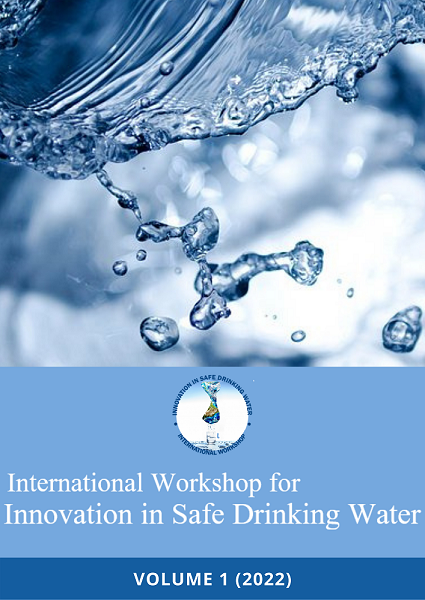Resumo
New technologies and processes have been developed, searching for higher efficiency to improve the treatment of effluents discharged into the environment. This work presents the performances, advantages, and disadvantages of two of these processes, the MBR (Membrane Bioreactor) and the MABR (Membrane-Aerated Biofilm Reactor). The data were collected in a comparative study between a full-scale MBR plant and an MABR pilot plant installed in the same place, using the same raw sanitary sewage source. The MBR presented higher efficiencies for Chemical Oxygen Demand (COD) and Biochemical Oxygen Demand (BOD). However, the MABR was more efficient concerning the indicators of electric energy consumption per COD load removed and COD load removed per reactor volume. It also was verified the need for and importance of having an efficient system to control and remove the suspended solids in the MABR reactor, being an impacting factor in the pollutant removal efficiency results.
Referências
CASEY, E. et al. Comparative economic analysis of full scale MABR configurations. In: IWA NORTH AMERICAN MEMBRANE RESEARCH CONFERENCE, 2008, Amherst, USA. http://hdl.handle.net/10197/4263.
JEFFERSON, B. et al. Membrane bioreactors and their role in wastewater reuse. Resources, Conservation and Reclycling, v. 41, n. 1, p. 197–204, 2000.
JUDD, S. J. Membrane technology costs and me. Water Research, v. 122, p. 1-9, 2017.
KRAUME, M; DREW, A. Membrane Bioreactors in Waste Water Treatment – Status and Trends. Chemical Engineering Technology, v. 8, p. 1251-1259, 2010.
LONG, Zebo et al. Simulation of Long-Term Performance of an Innovative Membrane Aerated Biofilm Reactor. Journal of Environmental Engineering, v. 146, n. 6, p. 1-10, 2020.
MARTIN, K. J.; NERENBERG, R. The membrane biofilm reactor (MBfR) for water and wastewater treatment: Principles, applications, and recent developments. Bioresource Technology, v. 122, p. 83-94, 2012.
POTVIN, C. M.; LONG, Z.; ZHOU, H. Removal of tetrabromobisphenol A by conventional activated sludge, submerged membrane and membrane aerated biofilm reactors. Chemosphere, v. 89, p. 1183-1188, 2012.
SEMMENS, Michael J. et al. COD and nitrogen removal by biofilms growing on gas permeable membranes. Water Research, v. 37, p. 4343-4350, 2003.
SKOCZKO, I; PUZOWSKI, Pawel; SZATYLOWICZ. Experience from the Implementation and Operation of the Biological Membrane Reactor (MBR) at the ModernizedWastewater Treatment Plant inWydminy. Water, v. 12, n. 3410, p. 1-14, 2020.
SYRON, E.; VALE, P.; CASEY, E. Where did the bubbles go? How to reduce the energy requirements for municipal wastewater treatment. In: IWA LEADING EDGE TECHNOLOGY, 2013, Abu Dhabi, UAE.
APHA. Standard Methods for the Examination of Water ans Wastewater. 23 edition. Washington. American Public Health Association, American Water Woks Association, Water Environment Federation, Washinton-DC, USA, 1545 p. 2017.

Este trabalho está licenciado sob uma licença Creative Commons Attribution 4.0 International License.
Copyright (c) 2022 Douglas Silveira Moraes, Rebeca Carvalho Siqueira , José Roberto Guimarães
